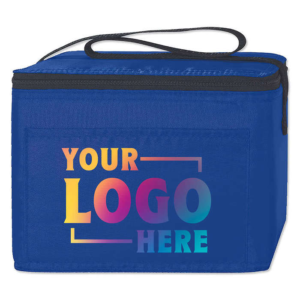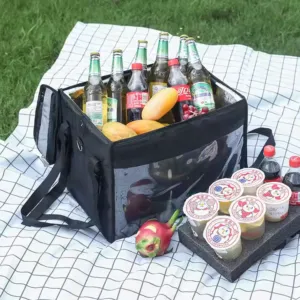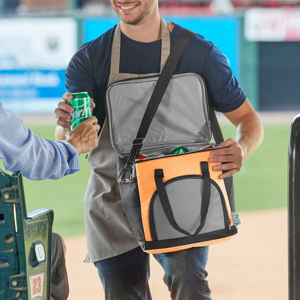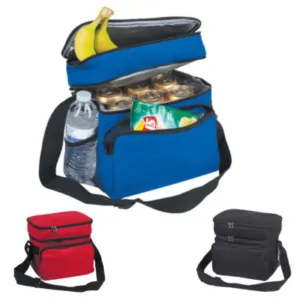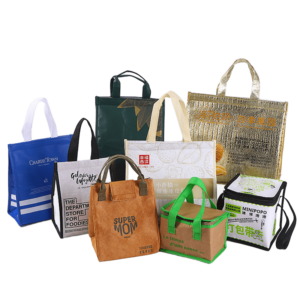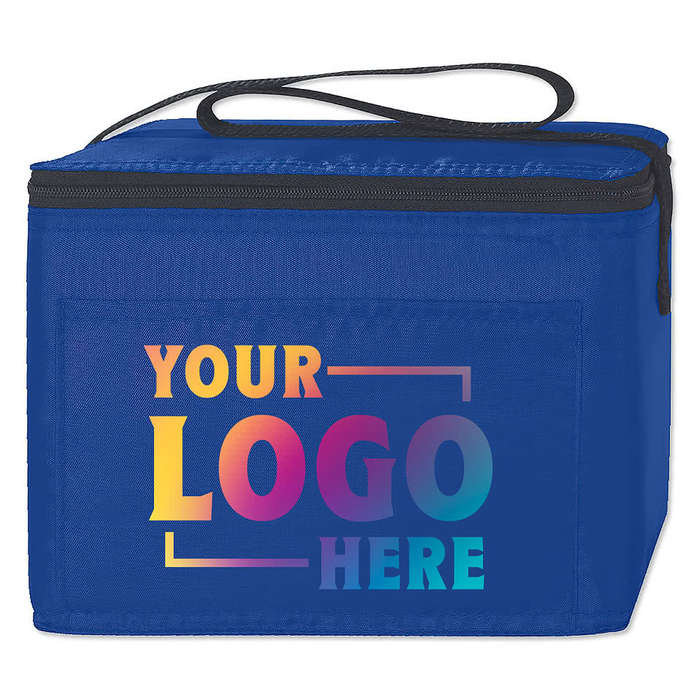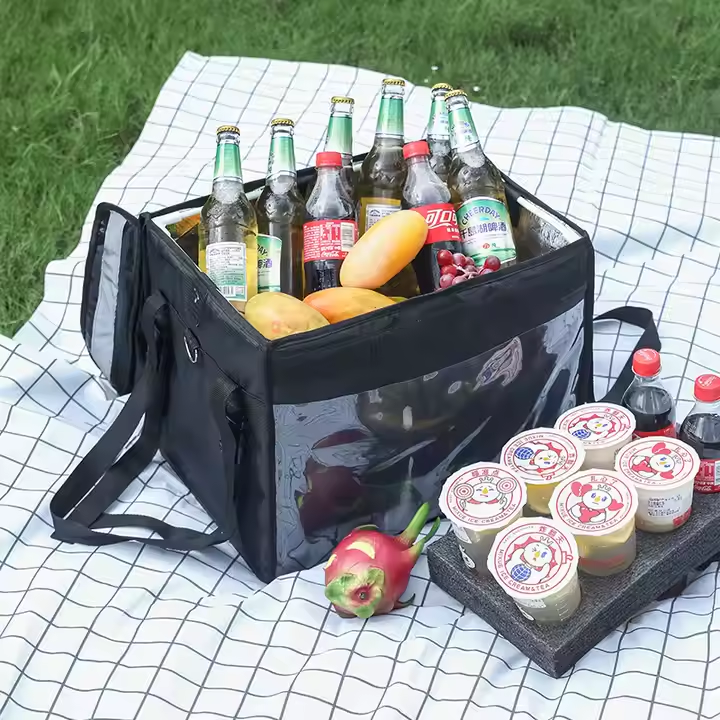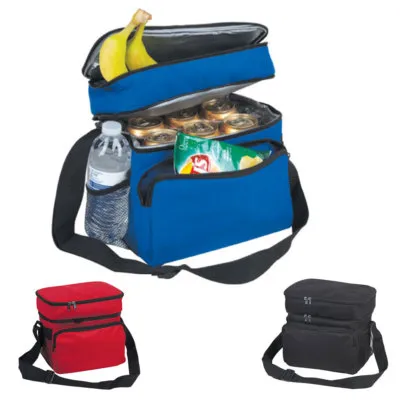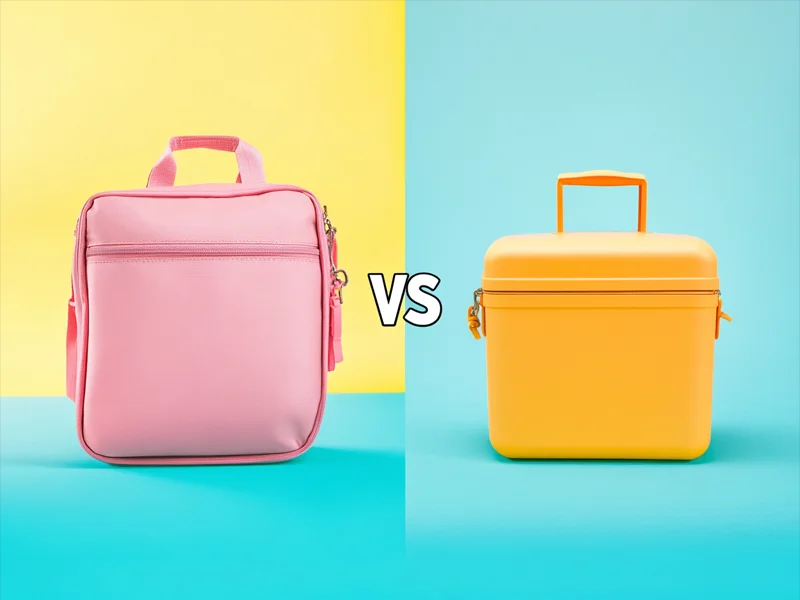
Ever wondered if you should use a cooler bag or a thermal box for your next delivery or grocery trip? You’re not alone.
Cooler bags and thermal boxes are both used for temperature-sensitive transport, but they differ in design, materials, weight, and portability.
What is a Cooler Bag?
Cooler bags—also called insulated tote bags1—are light, foldable, and easy to carry. They’ve become a go-to for takeout, groceries, and quick trips.
A cooler bag is a soft-sided, insulated container made of fabric, foam, and foil, designed to maintain internal temperature.
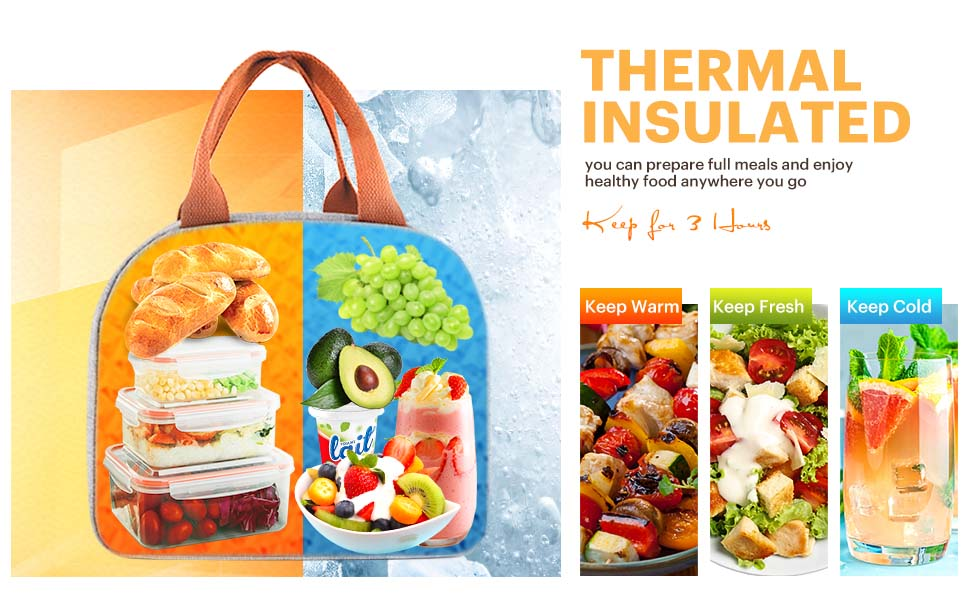
Cooler bags typically have three layers:
- An outer layer made from non-woven or PP woven fabric for durability.
- A middle layer of EPE foam for insulation.
- An inner lining of aluminum foil or PEVA for thermal reflection.
These bags are widely used in food delivery, supermarket chains, and retail promotions. Their lightweight and collapsible design makes them ideal for high-volume, low-cost brand exposure. And yes, you can custom print your logo on them.
What is a Thermal Box?
Now, thermal boxes are a different beast. Think rigid, heavy-duty, and built for serious transport.
A thermal box is a hard-sided container made from materials like expanded polystyrene (EPS), polyurethane, or vacuum-insulated panels, often used for long-distance shipping or medical transport.
Breakdown of construction:
| Part | Common Materials | Function |
|---|---|---|
| Outer shell | Plastic or cardboard | Protection from impact |
| Insulation | EPS, PU, or VIP panels | Maximize temperature control |
| Inner liner | Food-safe plastic or foil | Hygiene and leak resistance |
Because of their rigid build and longer cold retention time, thermal boxes are preferred for cold-chain logistics, pharmaceuticals, and cross-border food delivery. But they take up space and aren’t always pretty to look at—let’s just say, they don’t win style points.
What is the difference between Cooler Bag and Thermal Box?
This is where things get real. Cooler bags and thermal boxes do similar jobs—but they’re like sneakers and hiking boots: both cover your feet, but for very different terrains.
Cooler bags offer convenience and flexibility, while thermal box2es provide superior insulation and structure for long-haul use.
Feature Comparison Table:
| Feature | Cooler Bag | Thermal Box |
|---|---|---|
| Weight | Lightweight | Heavy |
| Portability | Foldable, easy to carry | Rigid, less mobile |
| Insulation strength | Moderate (1–6 hours) | High (6–72+ hours) |
| Customization | High (colors, logo, size) | Low (usually standard sizes) |
| Cost per unit | Low | High |
| Applications | Takeout, groceries, retail promotions | Medical, seafood, long-distance delivery |
If you're in the food service or retail business, a custom cooler bag is your best friend—cheap to produce, easy to brand, and practical for everyday use. If you're shipping frozen seafood across borders? You’ll need a thermal box.
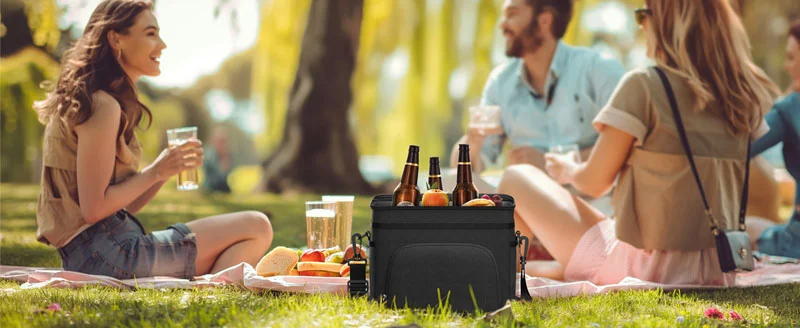
Portability and Convenience: Which is Easier to Carry Around?
Let’s be real—nobody wants to lug a heavy box if they can avoid it. And that’s where cooler bags shine.
Cooler bags are much easier to carry around due to their lightweight, foldable design3 and integrated handles or shoulder straps.
Whether you’re packing school lunches or managing takeaway deliveries, portability matters. Cooler bags are usually under 500g, while thermal boxes can weigh several kilograms—even before loading anything inside.
I’ve seen B2B clients in Southeast Asia order cooler bags in bulk not just for insulation, but because their delivery riders can carry more with less effort. Especially during summer heatwaves, no one wants to haul a rigid box around in traffic.
Conclusion
Cooler bags are practical, affordable, and easy to carry. Thermal boxes are durable, insulated tanks. Choose based on your needs.
Check our full line of custom cooler bags here → JiaRong Packing
-
Explore this link to understand the versatility and benefits of insulated tote bags for various uses. ↩
-
Learn about thermal boxes and their superior insulation for long-distance shipping, especially for sensitive items. ↩
-
Discover how a lightweight and foldable design can improve your experience with coolers, making them easier to transport. ↩


